A Great “Whey” to Get More Protein
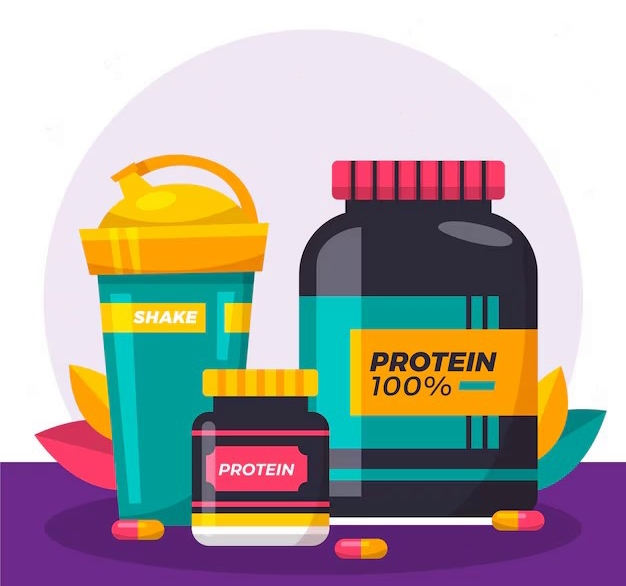 As we age, our bodies have a harder time turning protein into muscle. It’s one reason why experts recommend that increase our intake of protein as we get older.
As we age, our bodies have a harder time turning protein into muscle. It’s one reason why experts recommend that increase our intake of protein as we get older.
But how do we do that without increasing our intake of calories?
The best way, according to these experts, is to use whey powder. As you may remember from “Little Miss Muffet,” whey is one of the components of milk and it is extracted and sold as whey powder. Studies indicate that powder is more beneficial than either pre-packaged protein drinks and bars. That’s because the drinks and bars have more additives, like sugar, that could do more harm than good.
There are two kinds of powder: concentrate and isolate. Isolate powder has been stripped of milk’s lactose and fat, so it has fewer calories and is also suited to those who are lactose-intolerant. If you choose an unflavored powder, it can be added to lots of things: milk, soup, yogurt, pancake mix, cookie dough, even mashed potatoes, or scrambled eggs.
One final tip from the pros: make sure you use the protein powder to supplement and not replace meals.
The Story Behind the Song: My Generation (1965)
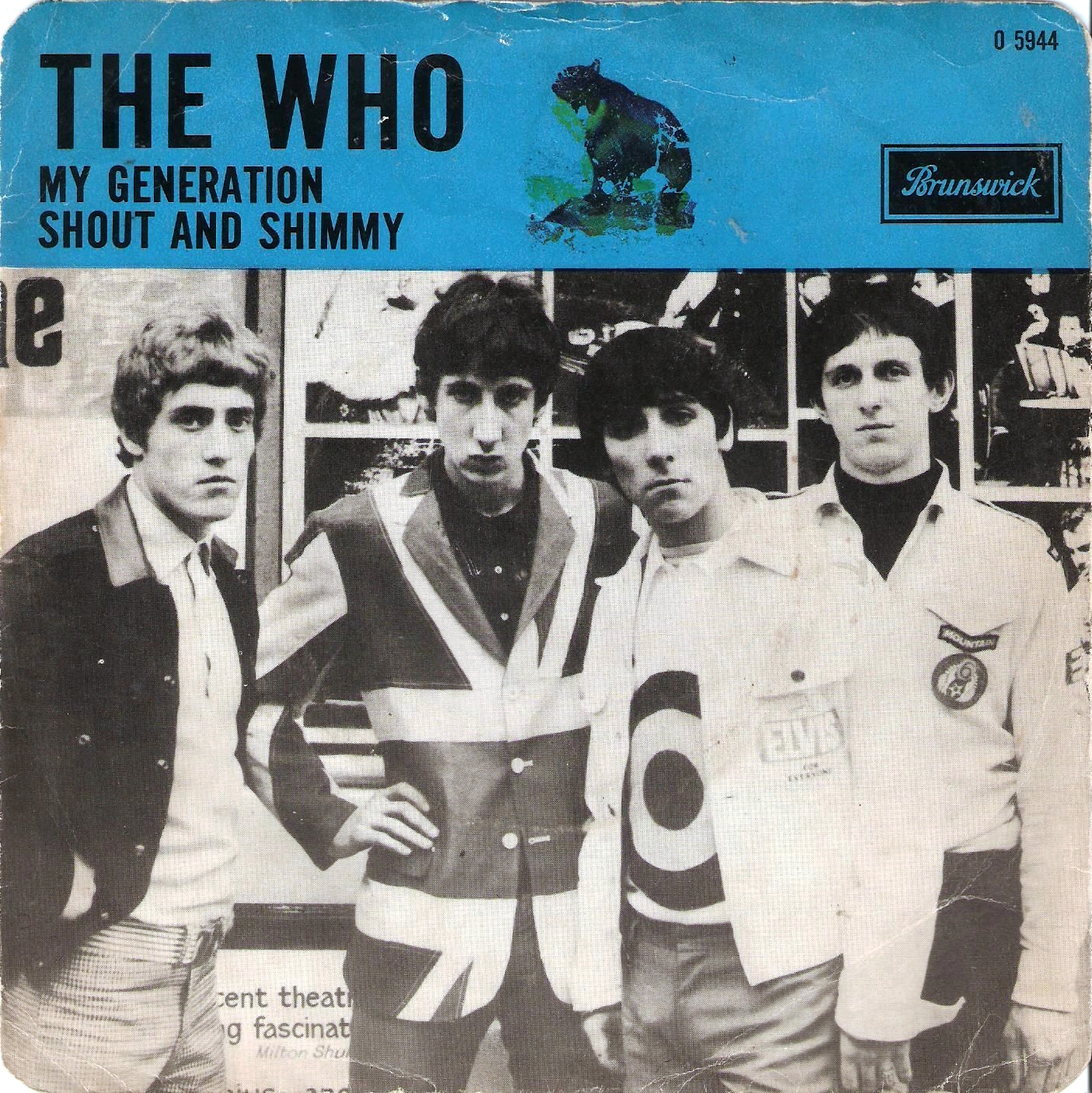 The Who is a band that almost didn’t have much of a recording career. For most of their early years, the band members couldn’t get along with each other (particularly Roger Daltry and Pete Townsend). They had only released a few singles when they returned from a brief tour of Denmark in the fall of 1965 ready to call it quits.
The Who is a band that almost didn’t have much of a recording career. For most of their early years, the band members couldn’t get along with each other (particularly Roger Daltry and Pete Townsend). They had only released a few singles when they returned from a brief tour of Denmark in the fall of 1965 ready to call it quits.
Townsend arrived back at his London digs only to discover his 1935 Packard hearse had been towed away. Why? It seemed the Queen Mother had seen the hearse while driving on that street and had become quite upset. The hearse was a dead ringer (pun intended) for the one that had carried her late husband to his final resting place. To add insult to injury, Townsend had to pay a £250 “towing fee,” or about 10 times what he had paid for the hearse in the first place.
Incensed over the injustice the older generation seemed to be heaping on the younger, Townsend put his anger into a new composition. He called his bandmates into the studio and very quickly “My Generation” was born.
While the song became a massive hit in the UK and across Europe, propelling the Who into the forefront of British rock, the single went nowhere in America, barely reaching #74 on the Billboard Hot 100. It was only after “Tommy” broke the band big in the States that “My Generation” finally began getting airplay and attention on this side of the pond.
Fortunately for all of us, the song’s most quoted line, “Hope I die before I get old” did not come to pass.
Who Invented S’mores?
 Simplicity in itself, graham cracker, slab of chocolate, and a marshmallow: Toast lightly (usually over a campfire or grill) and enjoy! But who had the bright idea to combine these elements into a tasty treat and who came up with the name?
Simplicity in itself, graham cracker, slab of chocolate, and a marshmallow: Toast lightly (usually over a campfire or grill) and enjoy! But who had the bright idea to combine these elements into a tasty treat and who came up with the name?
Alas, no one knows because s’mores have been around for over 100 years. As far back as we can trace it, there is a recipe for this confection, then known as a graham cracker sandwich in a Campfire Marshmallow cookbook from the early 1920s, but the cookbook doesn’t claim it to be an original recipe, meaning it had probably been around for a few years before.
It appears with the name “Some Mores” in a 1927 book, Tramping and Trailing with the Girl Scouts. By 1938, scouting books for both Boy and Girl Scouts had shortened the name to “s’mores.” But this confection really didn’t take off until the Baby Boomers reached scouting age in the 1950s. Scores of scouts, plus an explosion in summer camps for kids during those years resulted in the simple recipe for s’mores coming home to backyard barbecues across the U.S. and Canada.
Recipes for s’mores crossed over to mainstream cookbooks when Betty Crocker first included the recipe in their 1957 edition. This treat remained a homemade confection until Hershey’s introduced their S’more candy bar in 2003. But can you really compare any store-bought s’more to the glorious sticky, sweet experience of toasting your own?
BTW - mark your calendars because August 10th is National S’mores Day!
4 Things That Can Raise Your Blood Pressure
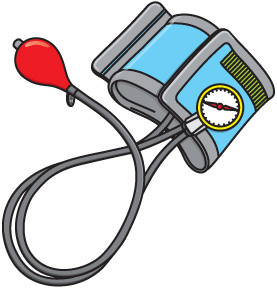 1.) Not eating enough produce – Veggies contain potassium, which flushes the sodium from our system. Sodium can be a cause of high blood pressure. Most Americans get too much of the stuff because of all the salt we consume.
1.) Not eating enough produce – Veggies contain potassium, which flushes the sodium from our system. Sodium can be a cause of high blood pressure. Most Americans get too much of the stuff because of all the salt we consume.
2.) Having a drink or two a day – Just 7 to 13 drinks a week (or a little less than 2 per day) can raise your risk for high blood pressure.
3.) Chronic pain – Believe it or not, living with chronic pain can lead to chronically elevated blood pressure.
4.) Holding it when you have to pee – Seriously. A full bladder can raise your blood pressure. Experts say always make sure you visit the bathroom before checking your pressure.
As always, the thing you can do for yourself is maintain regular check-ups with your physician.
Superstars of the Sixties: Del Shannon
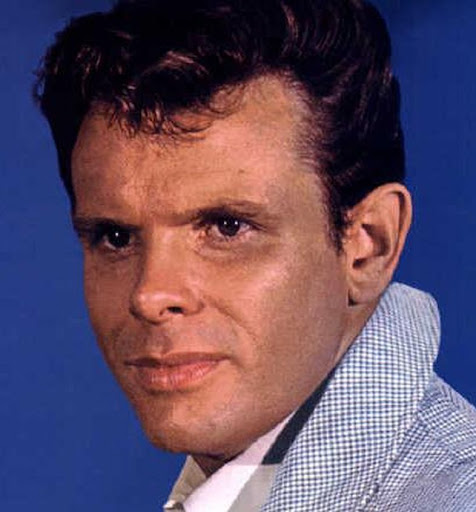 As the 50s became the 60s, many thought rock & roll was on the way out. Buddy Holly was dead. Little Richard had quit rocking to join the ministry. Elvis was in the army (and would never be quite the same after he came out). Chuck Berry was on his way to jail.
As the 50s became the 60s, many thought rock & roll was on the way out. Buddy Holly was dead. Little Richard had quit rocking to join the ministry. Elvis was in the army (and would never be quite the same after he came out). Chuck Berry was on his way to jail.
Even scarier, folk music was threatening to become young America’s favorite genre.
But there was one man who kept the flame of rock & roll burning until the Beatles brought the British Invasion to our shores. That man was Charles Weedon Westover. Perhaps you know him better by his stage name – Del Shannon!
Shannon was born in 1934 and raised in Michigan. He spent his childhood listening to country artists (as rock & roll hadn’t been invented yet) and his voice never lost that country twang. Following a stint in the army, Shannon began playing part-time in a Battle Creek, Michigan band called the Moonlight Ramblers. By 1958, the Ramblers ditched their lead singer, who seemed to have a bit of a drinking problem, and promoted Del to group leader.
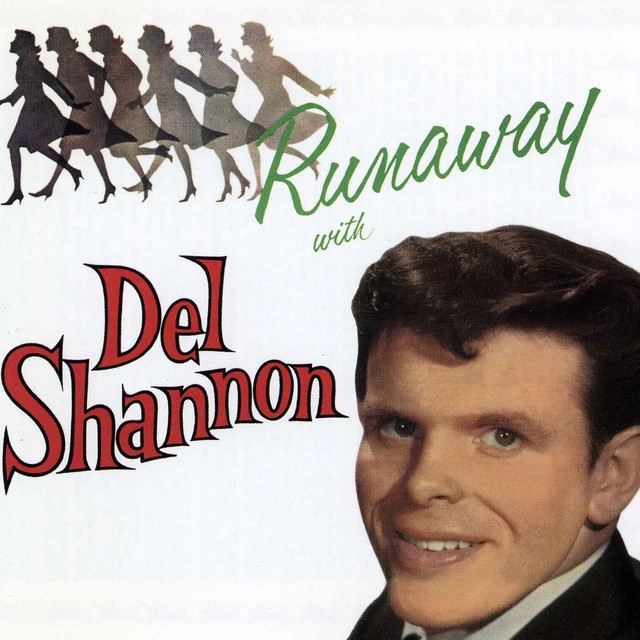 By 1960, Del and his keyboard player, Max Cook, signed as songwriters and recording artists with Big Top Records. Their first couple of tunes went nowhere. Then, local DJ Ollie McLaughlin suggested they take an older song from their repertoire, rework it a bit, and add the strange organ hybrid Cook had invented and was using in their live show (named the Musitron). Of course, the song was “Runaway,” and it lived up to its title becoming a runway smash that went to #1 not just in the United States, but all over the world.
By 1960, Del and his keyboard player, Max Cook, signed as songwriters and recording artists with Big Top Records. Their first couple of tunes went nowhere. Then, local DJ Ollie McLaughlin suggested they take an older song from their repertoire, rework it a bit, and add the strange organ hybrid Cook had invented and was using in their live show (named the Musitron). Of course, the song was “Runaway,” and it lived up to its title becoming a runway smash that went to #1 not just in the United States, but all over the world.
Shannon managed to follow up that success with a string of other hard rockers that also found chart success, including “Hats Off to Larry” (#5), “Little Town Flirt” (#12), “Handy Man” (#22), “Keep Searchin’” (#9), and “Stranger in Town” (#30).
On a tour of England in 1963, Shannon played on a bill with the Beatles and liked what he heard. When he returned to the States, he recorded his own version of “From Me to You.” While it only managed to make it to #77, it was the very first Lennon-McCartney tune to chart in America.
Once the Beatles started putting their own records on the U.S. charts, times got hard for a lot of American recording acts and Shannon was no different. By late 1965, the hits stopped coming.
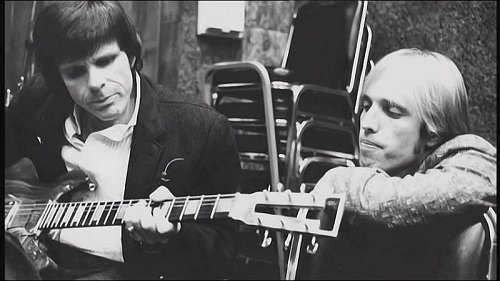 As the hits slowed down, Shannon’s drinking increased, which certainly didn’t help his career. He found sobriety by 1978 and began putting his career back together. In 1982, Shannon recorded a cover of “Sea of Love,” a tune composer Phil Phillps took to #1 in 1959. That song, part of an album produced by Tom Petty, actually gave Shannon his first top 40 hit (reaching #33) in 16 years.
As the hits slowed down, Shannon’s drinking increased, which certainly didn’t help his career. He found sobriety by 1978 and began putting his career back together. In 1982, Shannon recorded a cover of “Sea of Love,” a tune composer Phil Phillps took to #1 in 1959. That song, part of an album produced by Tom Petty, actually gave Shannon his first top 40 hit (reaching #33) in 16 years.
In 1986, his career got another shot in the arm when NBC launched Crime Story and used a new recording of Shannon and his signature tune, “Runaway,” as its theme song.
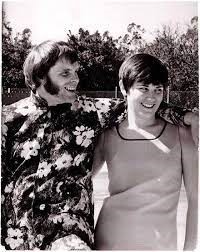 By 1990, Shannon was hard at work on a new album. He put himself under a lot of stress to finish the project. That led him to a doctor who prescribed the antidepressant, Prozac. Big mistake. According to Shannon’s wife, Shirley Westover, Shannon’s personality underwent a dramatic shift as soon as he started taking the medication, developing severe insomnia, extreme fatigue, and other disturbing symptoms. Just 15 days after he began taking Prozac, Shannon took his own life with no note and no goodbye. His wife swears that suicide was totally out of character for her husband.
By 1990, Shannon was hard at work on a new album. He put himself under a lot of stress to finish the project. That led him to a doctor who prescribed the antidepressant, Prozac. Big mistake. According to Shannon’s wife, Shirley Westover, Shannon’s personality underwent a dramatic shift as soon as he started taking the medication, developing severe insomnia, extreme fatigue, and other disturbing symptoms. Just 15 days after he began taking Prozac, Shannon took his own life with no note and no goodbye. His wife swears that suicide was totally out of character for her husband.
Having worked with both Tom Petty and Jeff Lynne, there were rumors that he might replace Roy Orbison in The Travelling Wilburys. Those rumors died along with Del.
Del Shannon was posthumously elected to the Rock and Roll Hall of Fame in 1999. His music is still frequently featured in movies and TV shows. Any true rock fan owes a huge debt to the guy who kept rock alive in the early 60s.
8 Things You Didn’t Know About "Butch Cassidy & the Sundance Kid"
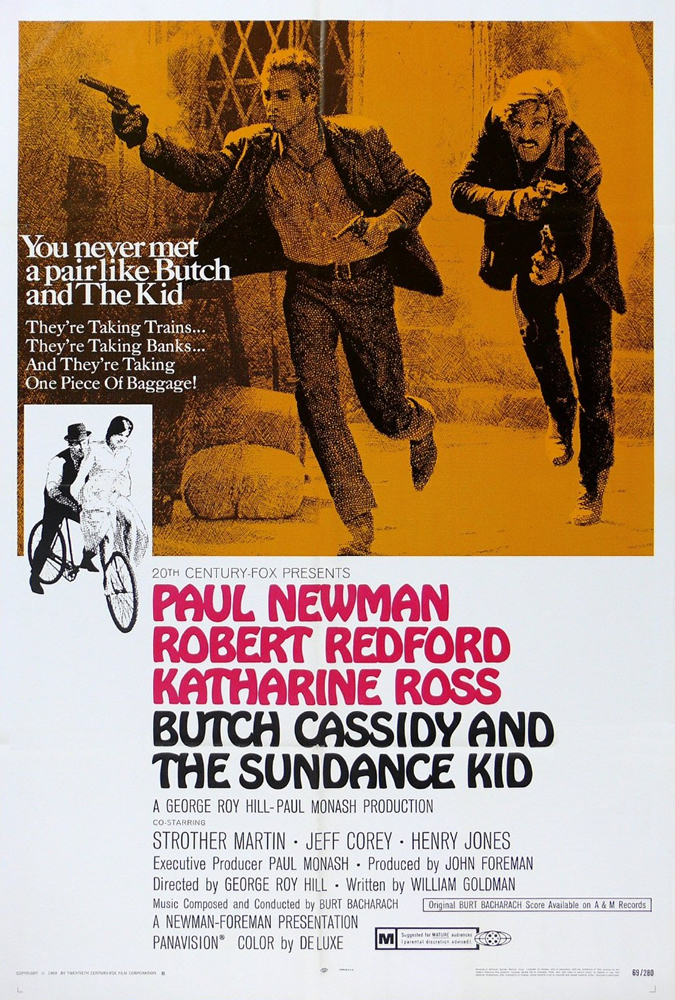 One of the best films of the sixties came at the very end of the decade. Butch Cassidy & the Sundance Kid, a hybrid of the buddy comedy and a Western, was a huge hit with audiences when released in 1969. It also made a star of Robert Redford. And its bubbly, yet anachronistic pop song, “Raindrops Keep Fallin’ on My Head,” finally earned Burt Bacharach his first Oscar as a composer.
One of the best films of the sixties came at the very end of the decade. Butch Cassidy & the Sundance Kid, a hybrid of the buddy comedy and a Western, was a huge hit with audiences when released in 1969. It also made a star of Robert Redford. And its bubbly, yet anachronistic pop song, “Raindrops Keep Fallin’ on My Head,” finally earned Burt Bacharach his first Oscar as a composer.
Here are a few things you might not know about this classic movie:
1.) It almost co-starred Steve McQueen with Paul Newman.
William Goldman wrote the screenplay with Paul Newman and Jack Lemmon in mind. Lemmon had no interest in the project, so the studio next approached Steve McQueen. McQueen was interested but wanted top billing. The studio thought (correctly) that Newman was the bigger star and refused, so McQueen moved on. It was only after Marlon Brando and Warren Beatty also passed that Newman’s wife had an idea.
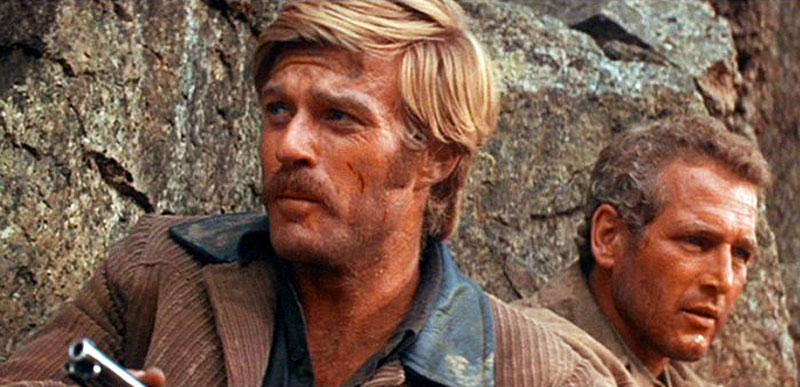 2.) The studio boss at 20th Century Fox had to be talked into casting Robert Redford.
2.) The studio boss at 20th Century Fox had to be talked into casting Robert Redford.
Redford was primarily known as a stage actor at that point. It was Newman’s wife, Joanne Woodward who suggested him for the role. Newman liked the idea and soon won over director George Roy Hill. Together, the three of them mounted a campaign to convince studio boss, Richard Zanuck to go with the unknown.
3.) The “Hole-in-the-Wall Gang” was not really named that.
Butch’s actual gang was named the Wild Bunch. (You can see where this is going, right?) Sam Peckinpaugh had filmed his own movie called The Wild Bunch (although it was not about Butch’s gang) and got it into theaters before Newman’s film. So, they simply changed the name of the gang in the film, basing it on a location in Wyoming where Butch & Sundance were known to hide out.
4.) The real-life super posse was much more effective than the one in the film.
A good deal of Butch Cassidy & the Sundance Kid concerns a super posse that tracks our heroes (outlaws) until they finally flee to Bolivia. In the real world, that posse did form, but they didn’t have to do much tracking. When Butch and Sundance got word the posse was forming, they immediately hightailed it out of the country. No chase ever took place.
5.) Redford & Newman performed some of their own stunts.
They brought in a stunt man to perform the bicycle tricks of Butch Cassidy that happen during “Raindrops Keep Falling on My Head,” but the stunt man kept falling off his bike. In the end, Newman performed his own stunts.
Likewise, Redford began by performing some of his own stunts. After Redford leaped onto a moving train in one shot, Newman got worried about losing his co-star to injury and convinced Redford to let the stunt team handle the dangerous stuff from that point on.
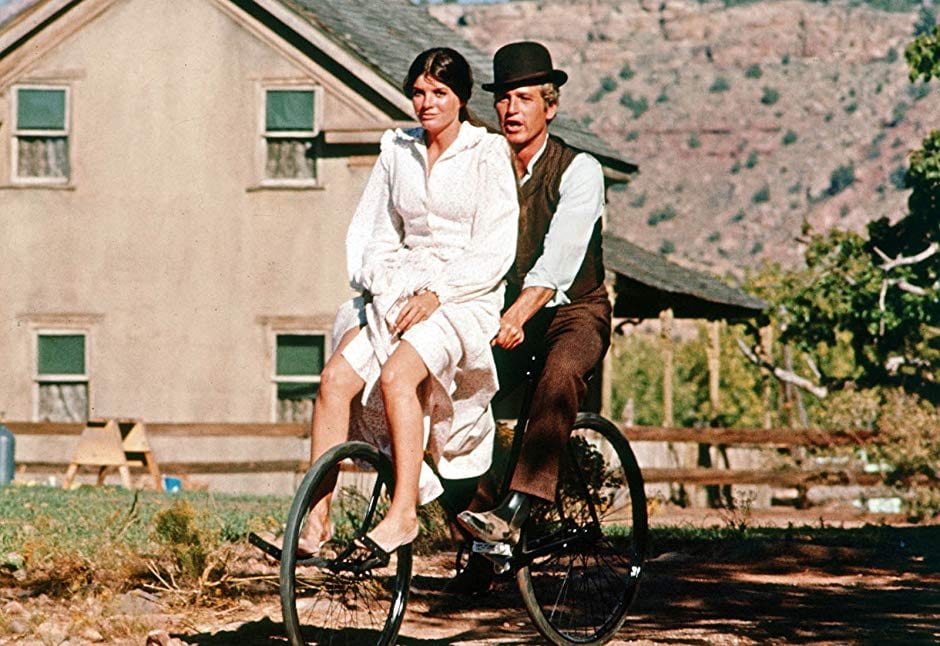 6.) Katherine Ross was actually kicked off the set.
6.) Katherine Ross was actually kicked off the set.
At the time of filming, Ross was engaged to the movie’s cinematographer, Conrad Hall. During one scene, Hall allowed his sweetie to handle one of the cameras. In a tightly run union town such as Hollywood, that was a huge no-no, so director Hill had Ross banned from the set except when she had a scene in which she was acting.
7.) The initial cut of the film was deemed too funny.
Comedy westerns rarely did well at the box office. When audiences at the first test screenings were laughing loud and long all the way through the picture, Hill took the film back into the editing suite and cut some of the film’s funniest footage.
8.) “Most of what follows is true” isn’t true.
The film opens with that title card. But the actual truth is that screenwriter Goldman (who received a then-record $400,000 for the screenplay) didn’t want to do the tedious research it would have taken to ensure historical accuracy. So, he just took some of the generally accepted parts of the Butch & Sundance legend and wrote whatever he thought would make the most entertaining film.
One final thought, without this film, what would they call the Sundance Film Festival?
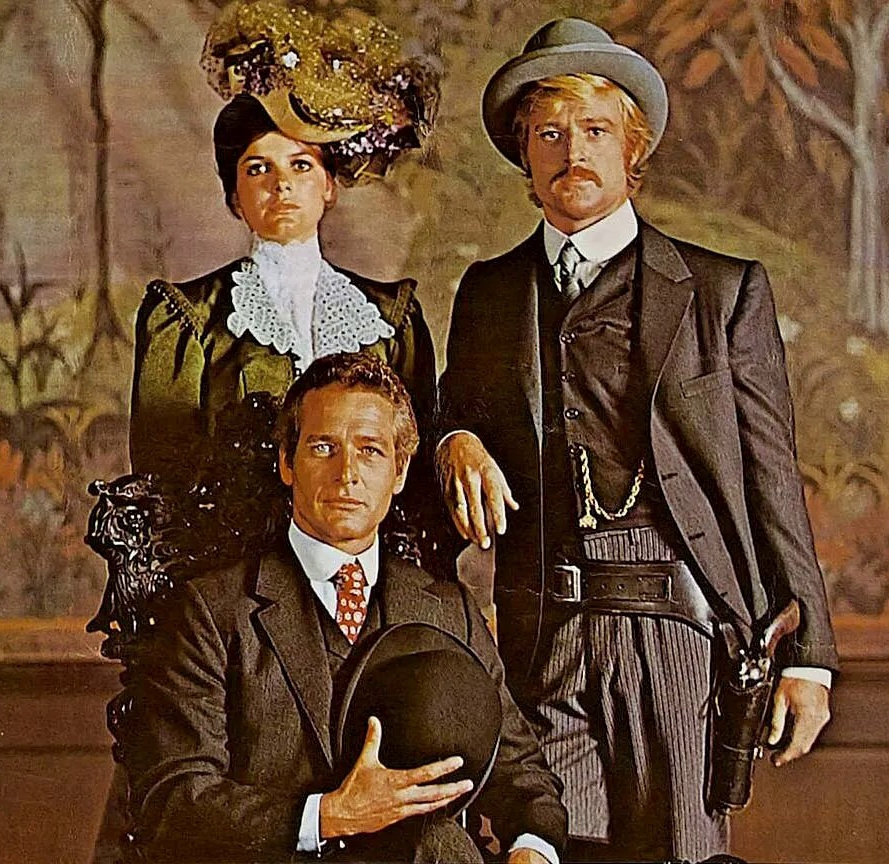
Don't Make This Financial Mistake
 Yes, you should pay attention to how your investments are doing, but not obsessively so. For example, the stock market always goes through periods of decline, yet every time, it comes out the valley and usually winds up doing better than it ever did before. Obsessing over your investments can lead you to pull your money from some investments at the worst time or cause you to jump into something that appears to be doing so well, but is on a peak it can’t sustain. (Ask a reputable financial advisor about people who jumped into cryptocurrency.)
Yes, you should pay attention to how your investments are doing, but not obsessively so. For example, the stock market always goes through periods of decline, yet every time, it comes out the valley and usually winds up doing better than it ever did before. Obsessing over your investments can lead you to pull your money from some investments at the worst time or cause you to jump into something that appears to be doing so well, but is on a peak it can’t sustain. (Ask a reputable financial advisor about people who jumped into cryptocurrency.)
Days of Summers Past
Here's our summer reading list:
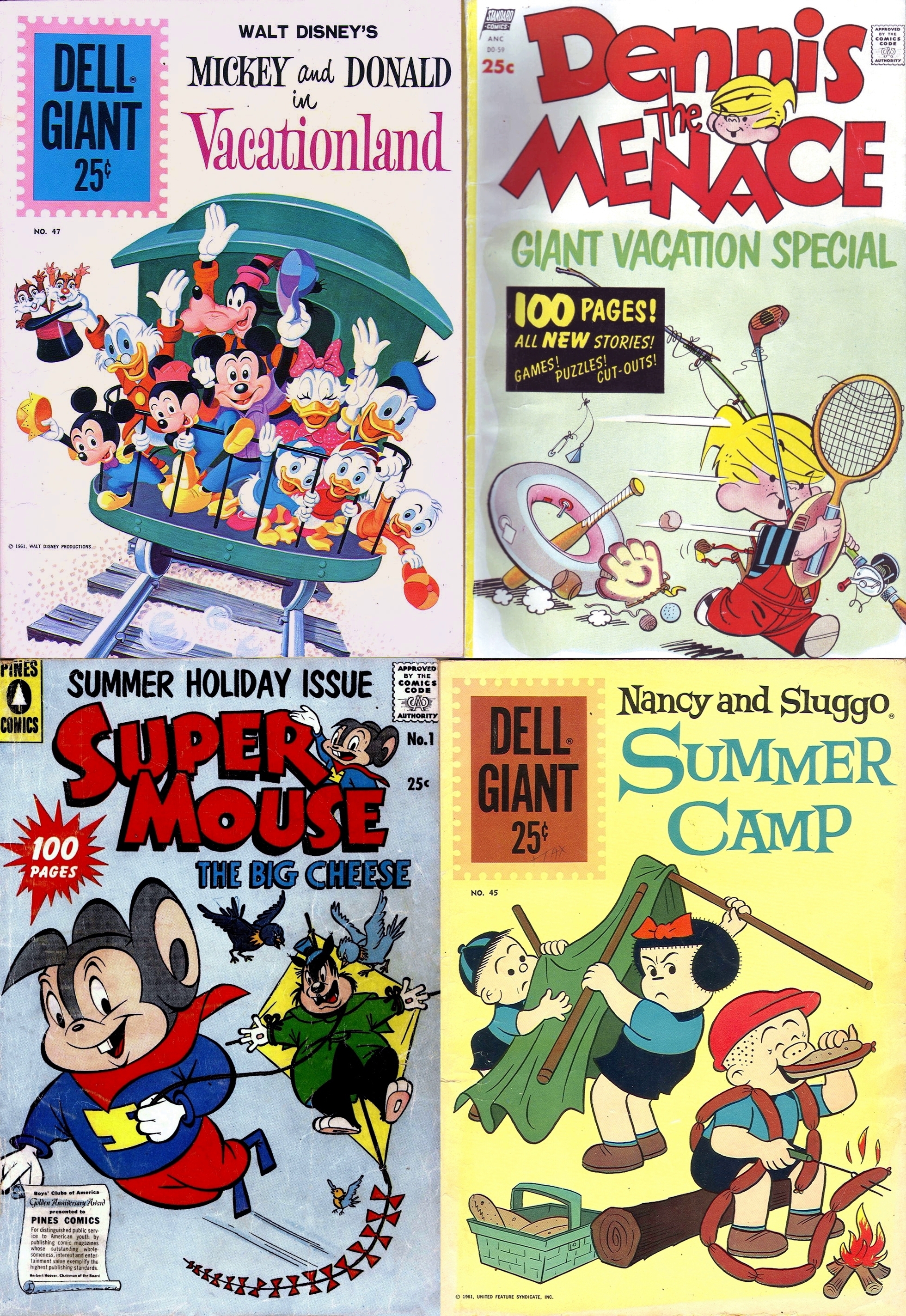
Working Healthy
 Whether you’re working at home or still commuting, how your desk and chair are situated can cause stress for your spine and problems for your eyes. Here are some tips for tightening up your workspace for a healthier you.
Whether you’re working at home or still commuting, how your desk and chair are situated can cause stress for your spine and problems for your eyes. Here are some tips for tightening up your workspace for a healthier you.
1.) The top of your computer screen should be at eye level. Looking down or up can put a strain on your neck muscles.
2.) Make sure you have adequate lighting. As we age, our eyes require more light. Experts recommend a reading or desk lamp.
3.) Sit all the way back in your chair. Let it support your lower back as you work.
4.) Your feet should be firmly on the floor and your knees, feet, and ankles should be at a 90-degree angle. If not, adjust the height of your chair.
5.) Your chair should also have armrests and you should be able to type comfortably on your keyboard while keeping your arms on those rests.
Sit or stand? Lately, there’s been a positive fad for standing desks. Yet, studies have shown that workers can develop back problems from standing too long. Better to get one of those desks that you can adjust from standing to sitting if you like that sort of thing. Alternating between sitting and standing every 30 minutes is recommended.
1-Hit Wonders: Count Five
 The year was 1966 and the Summer of Love was still in the future. Yet, the first inklings of what became known as “psychedelic rock” were beginning to be heard on U.S. radio stations. One of those early hits was “Psychotic Reaction,” a bluesy, sonic assault on our eardrums by a band known as Count Five.
The year was 1966 and the Summer of Love was still in the future. Yet, the first inklings of what became known as “psychedelic rock” were beginning to be heard on U.S. radio stations. One of those early hits was “Psychotic Reaction,” a bluesy, sonic assault on our eardrums by a band known as Count Five.
The group was based in San Jose, California, but its members came from all over. Lead singer Kenn Ellner was originally from Brooklyn. Lead guitarist Johnny “Mouse” Michalski was from Cleveland. Bassist Roy Chaney was a native of Indianapolis and drummer Butch Atkinson was from Springfield, Massachusetts. Topping it all off, rhythm player Sean Byrne was actually born in Ireland.
 The boys' gimmick was to dress in Dracula drag as they gigged around Southern California’s teen clubs and sock hops. Local DJ Brian Lord thought they had potential, so he alerted Irwin Zucker who ran the independent Double Shot label.
The boys' gimmick was to dress in Dracula drag as they gigged around Southern California’s teen clubs and sock hops. Local DJ Brian Lord thought they had potential, so he alerted Irwin Zucker who ran the independent Double Shot label.
Count Five auditioned with a tune the band had written for themselves. Zucker liked that song, titled “Psychotic Reaction,” took the group into the studio and came out with a song that made it all the way to #5 on the Billboard Hot 100 in fall of that year.
Alas, the group was never able to get any of their follow-ups to chart and soon fell apart. But like Dracula, the song itself refuses to die and continues to haunt oldies stations to this day.
Pop Up Player
Latest Posts–Movies & TV
-
Halloween Movie Ideas - Take 2
GORGON (1964) We were born too late to experience the great Universal horror films in first run theaters. Instead, we watched them on our local TV station’s “Shock-Horror-Monster-Chiller-Nightmare Theater.” You remember. Those late night weekend…
-
Halloween Movie Ideas
I WALKED WITH A ZOMBIE I Walked with a Zombie may be the best movie with the dumbest title in motion picture history. Cranked out by the b-movie horror unit at RKO pictures in 1943,…
-
Now Playing at the Boomtown Drive-In: "I Married a Monster from Outer Space"
Just like I Walked with a Zombie, behind the incredibly silly title lurks a pretty decent little B-movie. I Married a Monster from Outer Space was made by Paramount Pictures in 1958. Directed by Gene…
-
The TV That Time Forgot: Hazel (1961-66)
Hazel was a very popular sit-com that ran for 5 seasons (4 in full color), producing 154 shows, that was also quite popular in syndication. The show was based on a popular one panel cartoon…
-
The TV That Time Forgot: Annie Oakley
There was a time when Westerns dominated television programming so thoroughly that it was tough (with no home video, no streaming, and just 3 networks if you lived in a city big enough to have…
-
The TV That Time Forgot: My Living Doll (1964-65)
For a show that lasted only a single season, a surprising number of Baby Boomers remember the situation comedy My Living Doll. Perhaps that’s because once seen, Julie Newmar cannot easily be forgotten. The situation…


